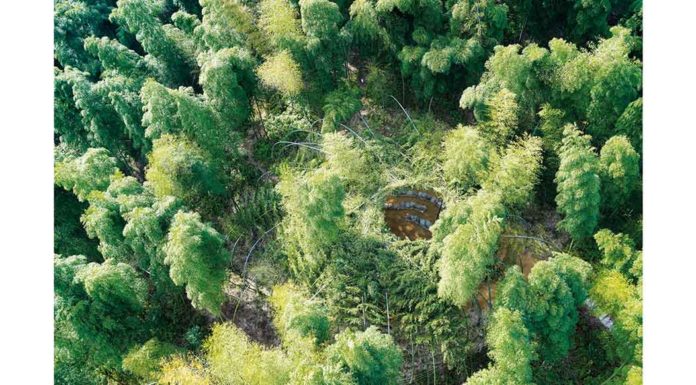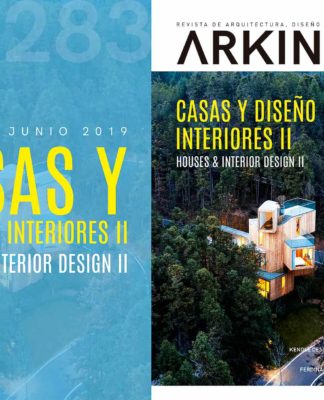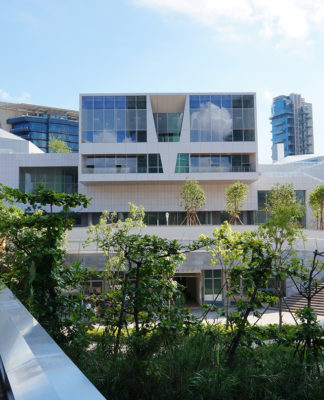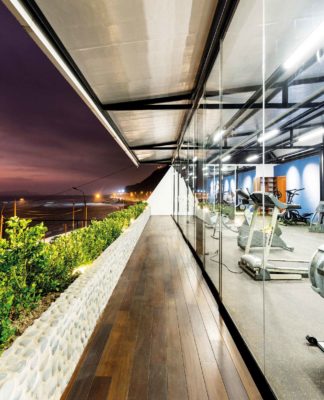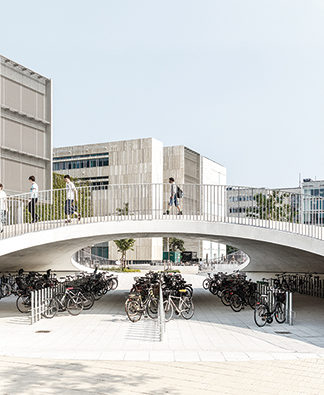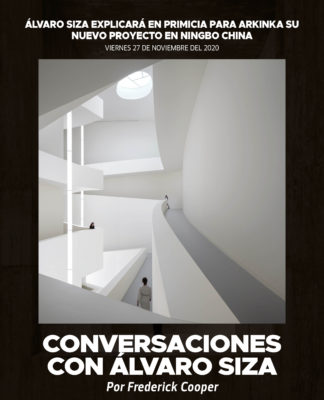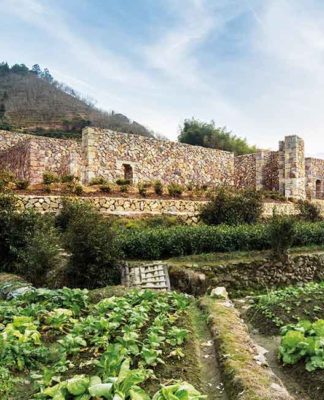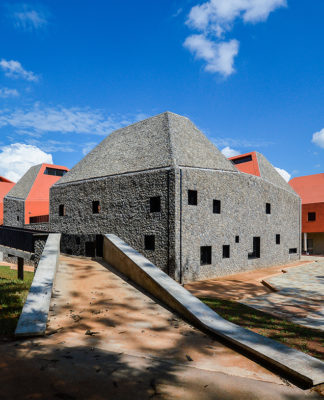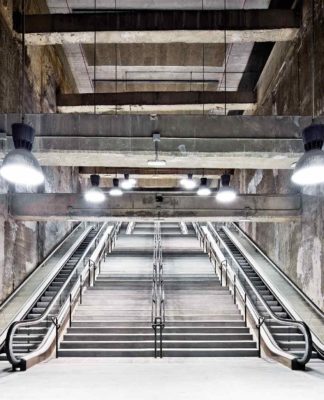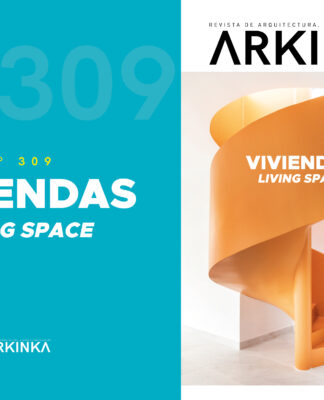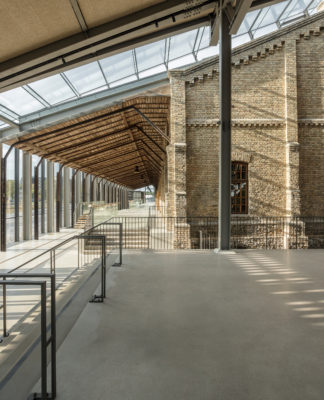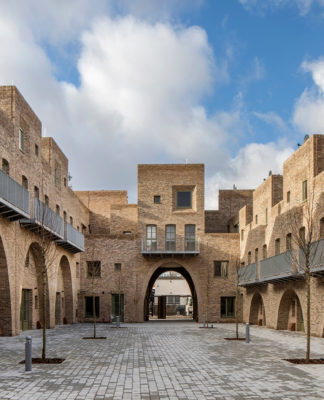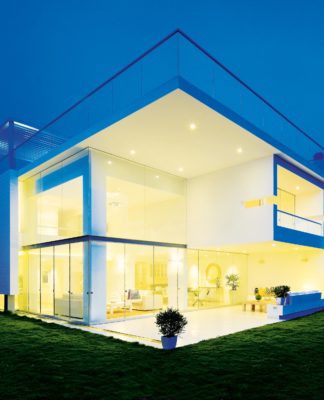La producción arquitectónica del sitio Inca de Moqi, Tacna – Perú
Por Jesús Gordillo Begazo / Aldo Bolaños Baldassari
Se presenta de manera preliminar los resultados del “Proyecto de Investigación Arqueológica Moqi–Perú”, patrocinado por la Universidad Privada de Tacna y autorizado por el Ministerio de Cultura, en tres temporadas ejecutadas a la fecha (2012, 2013 y 2014). El proyecto propone conocer la presencia del Imperio Inca en los valles de Tacna y su relación con las estructuras e instituciones instauradas por la capital cusqueña en los territorios conquistados en la periferia del centro hegemónico. Pretendemos, durante la primera fase de este proyecto, determinar las características formales de la arquitectura del sitio arqueológico, definir la temporalidad, su función y las relaciones económicas en el contexto local y su articulación con el estado Inca; además, conocer las características demográficas de la población y sus relaciones sociales, a través del componente mortuorio de Moqi Alto y Moqi Bajo.
The architectural production of the Inca de Moqi site, Tacna – Peru
By Jesús Gordillo Begazo / Aldo Bolaños Baldassari
The results of the “Moqi-Peru Archaeological Research Project”, sponsored by the Tacna Private University and authorized by the Ministry of Culture, are presented in three seasons executed to date (2012, 2013 and 2014). The project proposes to know the presence of the Inca Empire in the valleys of Tacna and its relationship with the structures and institutions established by the capital of Cusco in the conquered territories on the surroundings of the hegemonic center. We intend, during the first phase of this project, to determine the formal characteristics of the architecture of this archaeological site, to define its temporality, its function and the economic relations in the local context and its articulation with the Inca state; In addition, to know the demographic characteristics of the population and their social relations, through the mortuary component of Moqi Alto and Moqi Bajo, (in English: Higher Moqi and lower Moqui).







